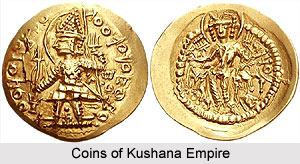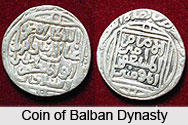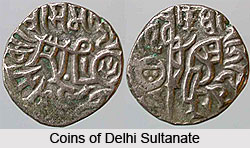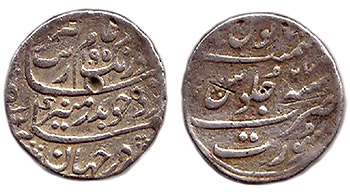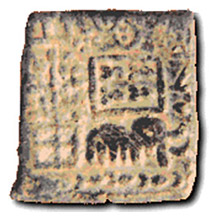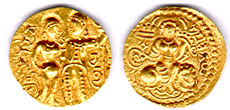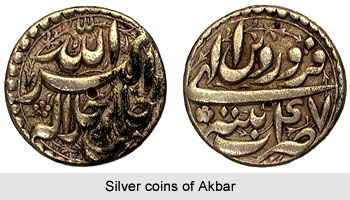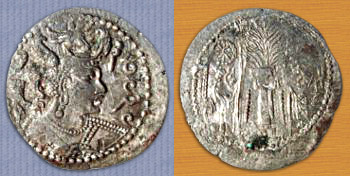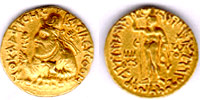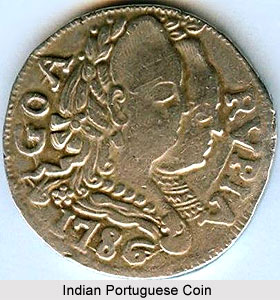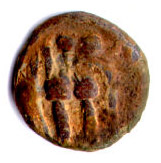 The Ikshvakus and the Vishnukundins minted several interesting coins. The Ikshvaku coins are mostly made of lead and rarely of potin. The Vishnukundins issued coins mainly in copper and potin. The Ikshvaku coins are cast from terracotta moulds. The Vishnukundin coins were minted by a unique method: first, the circular coin flan is produced by the casting process and later, the designs and symbols are die-struck on the coin.
The Ikshvakus and the Vishnukundins minted several interesting coins. The Ikshvaku coins are mostly made of lead and rarely of potin. The Vishnukundins issued coins mainly in copper and potin. The Ikshvaku coins are cast from terracotta moulds. The Vishnukundin coins were minted by a unique method: first, the circular coin flan is produced by the casting process and later, the designs and symbols are die-struck on the coin.
The designs and motifs on both the Ikshvaku and Vishnukundin coins have been inspired by Satavahana coins. Most of the Ikshvaku coins display the elephant on the obverse. The animal does not possess tusks. Sometimes, an ornamented chain or rope is seen dangling from the neck of the elephant.A solitary Ikshvaku coin depicts, instead of the elephant, a horse standing behind a tall pillar. According to historians, this unique horse-type coin was issued by Chantamula I, the only Ikshvaku ruler who performed the Ashvamedha yaga (horse-sacrifice).
Like the Satavahana coins, the reverse of the Ikshvaku coins too bare the Ujjain symbol. Unlike, the tiny Ikshvaku coins, the Vishnukundin coins display a wide variety of designs and motifs. The earliest Vishnukundin coins feature the humped bull. The majority of the Vishnukundin coins, however, portray a lion with a twisted and uplifted tail and an open mouth. The lion is the dynastic emblem of the Vishnukundins. The animal is also featured in the copper plate seals of this dynasty.
Recently, a new type of Vishnukundin coin has been discovered. The coin features a bearded warrior, riding on a caparisoned horse. The warrior is wearing a long cap, coat and trousers besides earrings. This is the earliest south Indian coin showing a warrior on horseback.
The reverse of the Vishnukundin coins depicts different varieties of pots or vases. Some times, the pot is surmounted by flames. Such a pot may represent a fire altar or a fire pot from which, as per legend, the remote ancestors of the Vishnukundins emerged. The pot shown on some other coins Is the purnakumbha - the pot overflowing with flowers and coins. The purnakumbha signifies auspiciousness, prosperity and joy. The Vishnukundin coins also display a large number of religious motifs such as the svastika, sun, crescent-moon, trident, conch and wheel.
